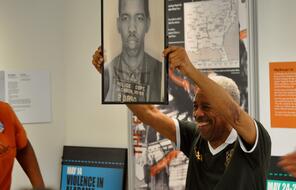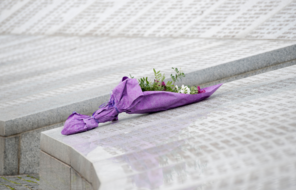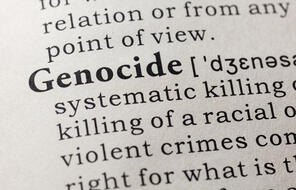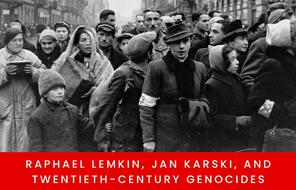Our Pedagogy
Facing History’s years of success are a result of our student-centered learning, best-in-class professional learning, and innovative teaching strategies. Research has proven that Facing History transforms students, teachers, classrooms, and schools—our pedagogy is powerful. We engage the mind, heart, and conscience of adolescents who are in the midst of determining who they are and how they interact with the world.
We challenge our students to reflect on and analyze moral questions and dilemmas that arise during the study of history and literature. Our curriculum guides students as they explore human behavior, asking them to consider connections between their own actions and the actions of others. By examining the complexities of being human, we nurture caring and curious adolescents who grow into brave and engaged adults.
Our pedagogical triangle for historical and civic understanding demonstrates this approach.

Facing History created the Pedagogical Triangle for Historical and Civic Understanding to inform and balance our program and lessons. The arrows between intellectual rigor, emotional engagement, and ethical reflection are bidirectional, as these processes strengthen each other. At the center is students’ civic agency, their belief that they can play a positive role in their peer groups, schools, communities, and the larger world.
Coupled with stimulating and equitable teaching practices, our pedagogy measurably improves student outcomes. Our middle and high school teachers foster historical understanding, critical thinking, empathy, and other social–emotional learning competencies within their classrooms.
Facing History students are 94% more likely than other students to report that their class motivated them to learn.
92% of Facing History teachers agree that Facing History helps their students stand up for what they believe even when others disagree.
While the pedagogical triangle is the foundation for all of our programming, we have several core case studies that follow a specific progression of themes that take students on a deep learning journey. This structure is known as our scope and sequence or the Facing History journey.













